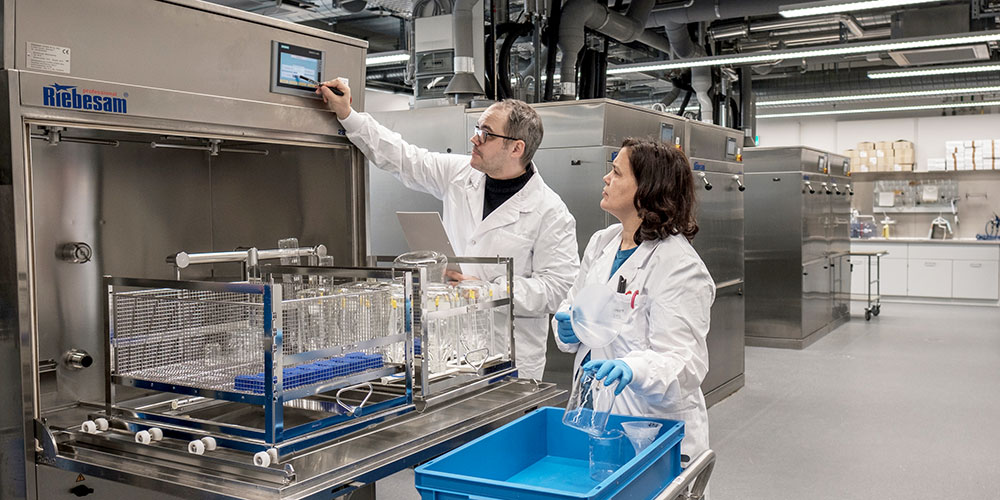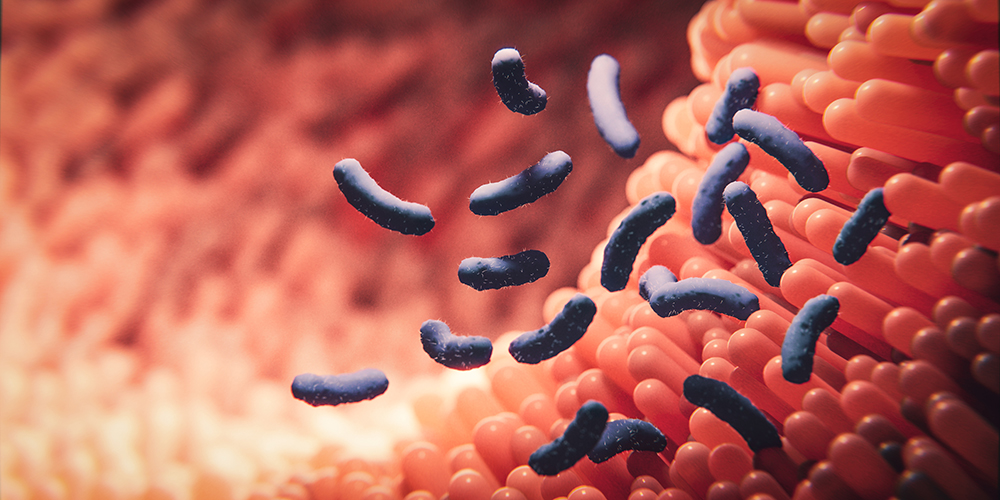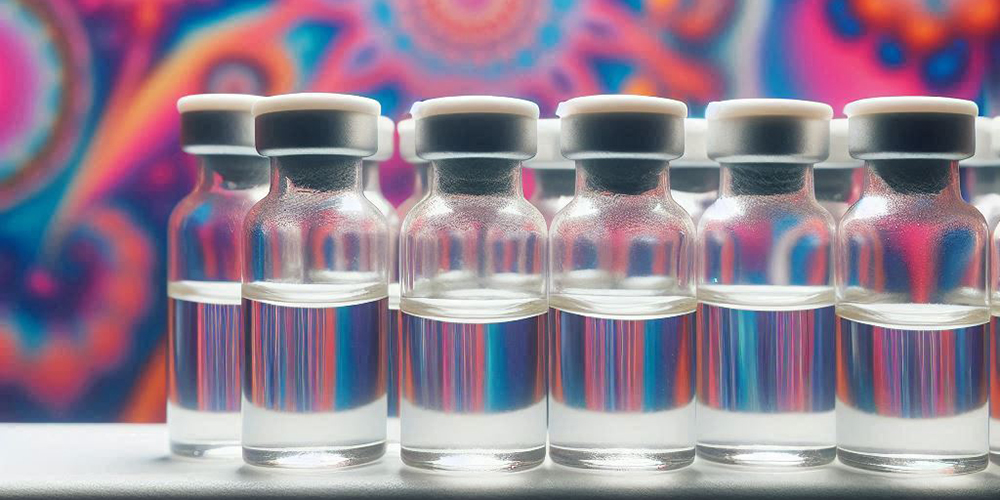How to save energy in the laboratory
Various research groups at the University of Basel have optimized their electricity consumption with the Electricity Saving Challenge. Simple measures have made it possible to significantly reduce electricity consumption – without any limitations on the science.
11 February 2025 | Samanta Siegfried
In November 2024, employees at the Biozentrum and the Department of Physics addressed a specific question: how can we save as much electricity as possible without compromising research? Around 15 research groups took part in the Electricity Saving Challenge. The campaign was aimed at supporting the academic community in achieving the university’s sustainability goals.
As part of its climate strategy, the University of Basel has committed to reducing greenhouse gas emissions in the area of electricity by 25 percent by 2030. The universal target agreement set by the federal government also applies to large buildings, and stipulates an annual reduction of two percent for the next ten years. In addition, the competition also provides a starting point for cutting electricity costs significantly.
“This became concrete for us when analyzing the electricity shortage in 2022. That’s where we looked at electricity consumption in detail for the first time. At the same time, we introduced software that allows users to be systematically involved,” says Dr. Irmo Lehmann, Head of Building Technology & Operations at the university. Together with Christopher Weiss, Head of Campus Natural & Life Sciences, he developed these systems and the Electricity Saving Challenge.
Seven buildings draw three-quarters of the electricity
About three-quarters of the university’s electricity consumption comes from seven buildings. At the top: the Biozentrum, completed in 2021, is home to more than 30 research groups, a central server room and the Center for Scientific Computing.
It was already clear that there was a high potential for savings in laboratory operations. But where exactly are the biggest levers? “It’s been a black box for us up to now. We knew roughly how much electricity the individual appliances needed, but not how many there were or how they were used,” says Weiss.
In order to make any sort of progress, many additional meters had to be installed and connected to the new software – around 150 for both buildings. This enabled participants to track their electricity consumption in real time on their smartphones and desktops. The limited-term competition was to motivate as many researchers as possible to take part. Almost half of the research groups from the two departments eventually got involved.
Exploring savings potential in the laboratory
“We wanted to try out as much as possible,” says Dario Dörig, Head of Media and Lab Ware Preparation at the Biozentrum. He and his 13-person team started by going through the rooms and examining all devices and processes for potential savings. In particular, they found that the cleaning and sterilization of laboratory materials and the production of culture media required for experiments were very energy-intensive.
They were able to achieve a large portion of the electricity savings in the drying of laboratory products. Instead of drying the cleaned materials at the usual 110°C, these were heated with hot water during the final rinsing cycle and then dried with cold air. As the rinsing water is heated with energy from the district heating network, this saved electricity overall.
“The timers were another measure,” says Dörig. These were purchased for the competition and connected to devices not in use on weekends or at night.
The effort was worth it. Dario Dörig and his team are the winners of the Electricity Saving Challenge. Overall, their unit reduced consumption by 38 percent. “I am very proud that my team has implemented these measures so consistently in their day-to-day work,” says Dörig.
Dr. Tobias Mühlethaler, a postdoc in the Biophysics Facility at the Biozentrum, received another prize: he was awarded for the best documentation. “We primarily used the plug-out method,” he says. “Nevertheless, basic consumption was relatively high, which we cannot explain.” Thanks to Mühlethaler’s detailed records, the Building Technology & Operations team can now investigate the causes.
Avoid standby mode
But what is left of the month-long savings project? Dario Dörig and his team are planning an evaluation: what can be easily integrated into everyday working life? Which measures require additional adjustments? And which ones should be avoided because they are too time-consuming? “I think we can realistically reduce consumption by 15 to 20 percent in the medium term,” says Dörig.
For many research areas, a key starting point for saving electricity is consistently switching off devices in standby mode. For the life sciences, there is valuable, clear evidence that increasing temperature from -80 to -70 degrees Celsius reduces the electricity requirement of an increased stock of freezers by about 20 percent and does not pose a risk to the samples stored inside. Thanks to the experience gained from more than a hundred devices at the Biozentrum, this can now be put into practice on a broad scale.
For Lehmann and Weiss, it is above all a success to have attracted the academic community to the competition with the real-time visualization. “When the researchers became aware of the huge amount of electricity being consumed, their commitment grew by leaps and bounds,” emphasizes Weiss. Marcel Scheiwiller, General Manager of the Biozentrum, can only confirm this. Overall, electricity consumption was reduced by 8.5 percent. “And all without any impact on research operations,” says Lehmann. This saved CHF 4,000 in one month. Trust and understanding have successfully been established, starting with the willingness to take small steps seriously. After all, Weiss and Lehmann firmly believe: “We can only reach our emissions targets by working together.”
Initiators and academic support
The Electricity Saving Challenge was initiated by the Building Technology & Operations unit and the Sustainability Office at the University of Basel. The research group led by Professor Ulf Hahnel at the Faculty of Psychology, which conducts research on behavioral changes in the context of sustainability, supported the project.
Further information on sustainable laboratory operations can be found on the University of Basel's Green Labs Initiative website.



